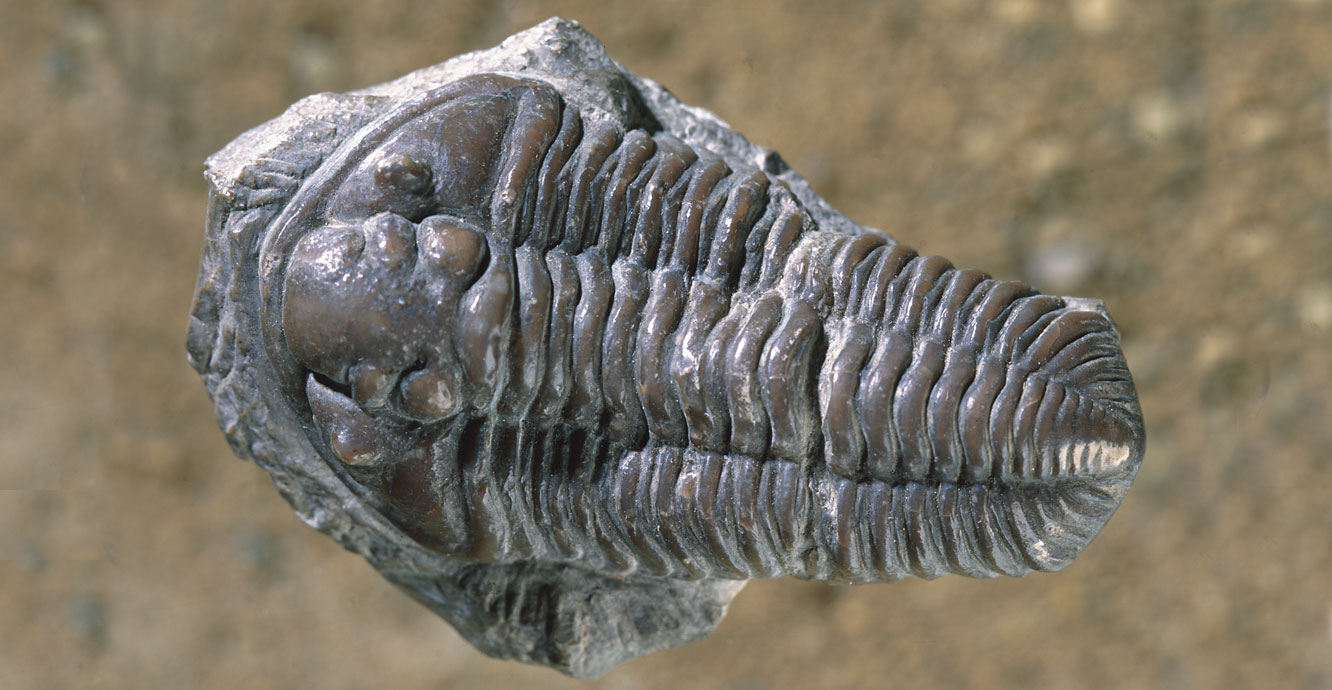
Ever wondered about the ancient creatures that roamed the Earth long before dinosaurs? Trilobites, those fascinating prehistoric critters, have a story that's as intriguing as their fossilized remains. Trilobites are not just rocks or simple fossils; they are windows into our planet's distant past. These marine arthropods dominated the ocean floors for over 270 million years, leaving behind clues for scientists and enthusiasts alike to piece together Earth's history. With their unique three-lobed, three-segmented bodies, they've captured the imagination of many. But what makes trilobites so captivating? Is it their diverse forms, their survival through multiple mass extinctions, or the secrets they hold about ancient ecosystems? Dive into the world of trilobites, and you'll find there's much more to these ancient creatures than meets the eye.
Key Takeaways:
- Trilobites, ancient marine creatures with a distinctive three-part body, thrived for over 270 million years. Their fossils provide valuable insights into Earth's early life and evolution, making them a key focus of scientific study.
- Trilobites, ranging from tiny to giant, lived in diverse marine habitats and had varied lifestyles and diets. Their well-preserved fossils are highly sought after by collectors and scientists, contributing to our understanding of Earth's ancient seas.
What Are Trilobites?
Trilobites are extinct marine arthropods that lived in Earth's ancient seas. These fascinating creatures are known for their distinctive three-lobed, three-segmented body form, which is where they get their name: "trilobite" means "three lobes." They were among the earliest known groups of arthropods and thrived in the oceans from the Cambrian Period about 521 million years ago until their extinction at the end of the Permian Period, around 252 million years ago.
-
Trilobites are one of the oldest known groups of arthropods, with a fossil record that spans over 270 million years.
-
They had a hard exoskeleton made of calcite and chitin, which they molted as they grew.
Trilobite Diversity and Evolution
Over millions of years, trilobites evolved into thousands of species. Their diversity in size, shape, and lifestyle is a testament to their evolutionary success. Some were only a few millimeters long, while others reached up to 70 centimeters.
-
Scientists have identified over 20,000 trilobite species, showcasing their incredible diversity.
-
Trilobites ranged in size from tiny, almost microscopic individuals to giants nearly a meter in length.
-
Their bodies were divided into three parts: the cephalon (head), thorax (body), and pygidium (tail).
Trilobite Habitats and Lifestyles
Trilobites inhabited a wide range of marine environments, from shallow coastal waters to deep sea floors. Their lifestyles varied greatly, with some species leading a sedentary life attached to the sea bed, while others were active swimmers.
-
Many trilobites were benthic, living on the ocean floor, but evidence suggests some could swim or float in the water column.
-
Their diets were as varied as their habitats, including scavenging, predation, and filter-feeding.
The Role of Trilobites in Science
Trilobites hold a special place in the study of paleontology and evolutionary biology. Their well-preserved fossils provide valuable insights into the Cambrian explosion, a period of rapid evolutionary development about 541 million years ago.
-
Trilobite fossils are used by scientists to date rock layers, as their evolutionary changes over time are well documented.
-
The complexity of trilobite eyes has intrigued scientists, with some species having highly sophisticated vision.
Trilobite Fossils and Collecting
Fossilized trilobites are highly sought after by collectors and scientists alike. Their intricate details and abundance make them excellent subjects for study and collection.
-
The best-preserved trilobite fossils have been found in Morocco, Canada, and the United States.
-
Trilobite fossils can vary greatly in value, from a few dollars for common specimens to thousands for rare or exceptionally preserved ones.
Interesting Trilobite Facts
Trilobites have fascinated people for centuries, not just for their scientific importance but also for their beauty and mystery.
-
Some trilobite species could roll up into a ball, much like modern-day pill bugs, as a defense mechanism.
-
Trilobites are considered to be one of the first animals to have developed eyes.
-
The largest trilobite fossil ever found measures over 70 centimeters in length.
-
Certain trilobite fossils show evidence of healed injuries, suggesting they survived predator attacks.
-
Trilobite eggs and larvae have been discovered, providing rare insights into their developmental stages.
-
Some cultures have used trilobite fossils as talismans or symbols of protection.
-
The study of trilobites has contributed significantly to our understanding of early life on Earth and the evolution of arthropods.
-
Despite their long period of existence, no direct descendants of trilobites are known today.
-
Trilobite fossils often show such fine detail that individual sensory hairs can sometimes be seen under magnification.
-
The name "trilobite" was first used in 1771 by Johann Ernst Immanuel Walch, highlighting their three-part body structure.
-
Trilobites had a global distribution, with fossils found on every continent, including Antarctica.
-
The extinction of trilobites at the end of the Permian period was part of the largest mass extinction event in Earth's history, which wiped out about 90% of all marine species.
-
Trilobites were among the first animals to exhibit a segmented body plan, a feature that has been inherited by many modern arthropods.
-
The diversity and abundance of trilobite fossils make them key bioindicators for scientists studying past marine environments and global changes.
A Final Glimpse at Trilobite Wonders
Trilobites, those ancient marine creatures, have fascinated us with their diversity and evolutionary significance. From their unique three-lobed bodies to their varied lifestyles, these extinct arthropods offer a window into Earth's distant past. We've uncovered fascinating facts about their survival strategies, including their molting behavior and the development of complex eyes that helped them navigate prehistoric seas. Their fossils, scattered across the globe, serve as a testament to their once-dominant presence in marine ecosystems. As we conclude, let's appreciate the journey of discovery trilobites have taken us on. Their story, etched in stone, continues to inspire curiosity and a deeper understanding of our planet's biological heritage. So, next time you come across a trilobite fossil, remember, you're holding a piece of Earth's ancient history right in your hands.
Frequently Asked Questions
Was this page helpful?
Our commitment to delivering trustworthy and engaging content is at the heart of what we do. Each fact on our site is contributed by real users like you, bringing a wealth of diverse insights and information. To ensure the highest standards of accuracy and reliability, our dedicated editors meticulously review each submission. This process guarantees that the facts we share are not only fascinating but also credible. Trust in our commitment to quality and authenticity as you explore and learn with us.


